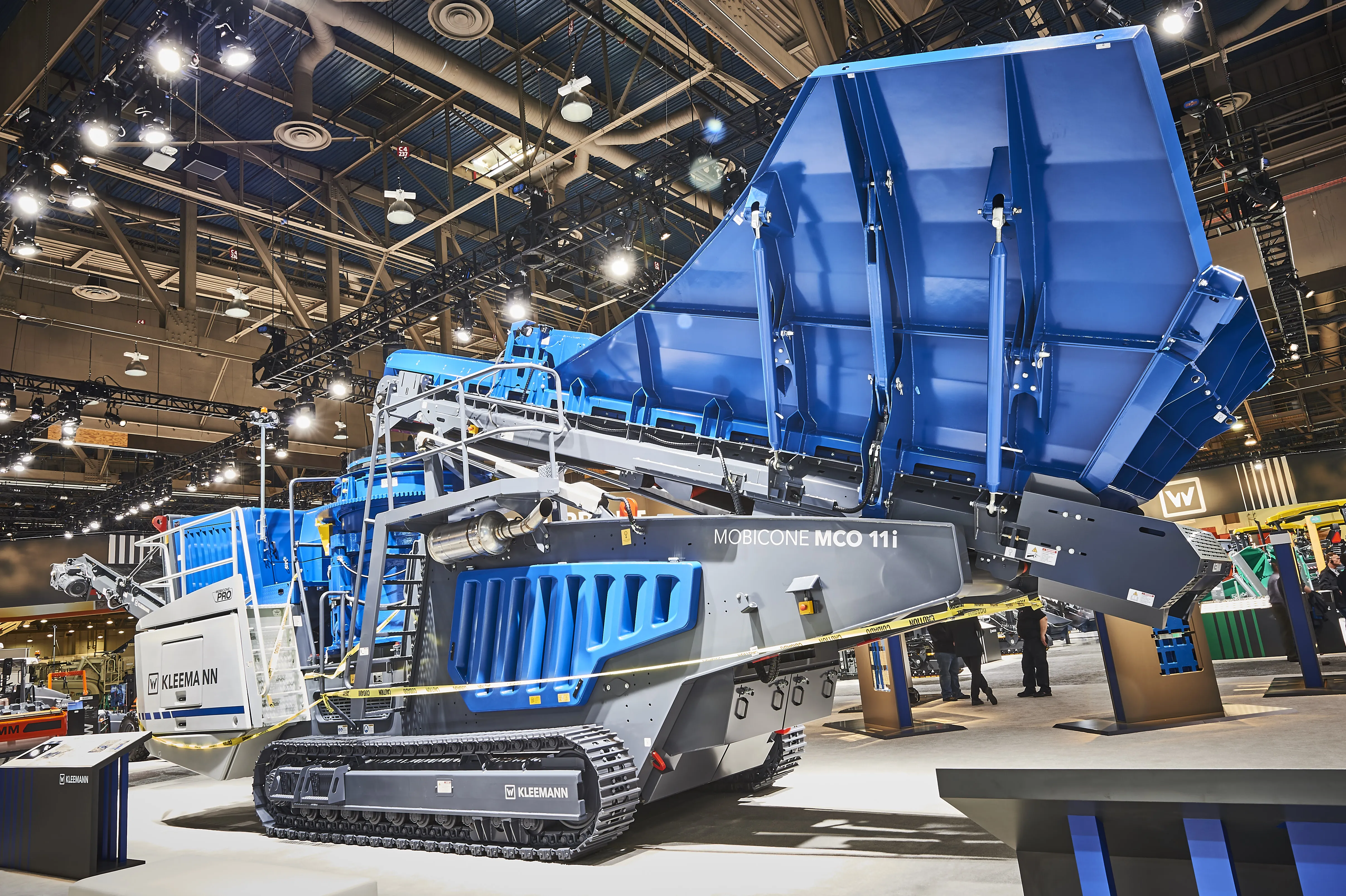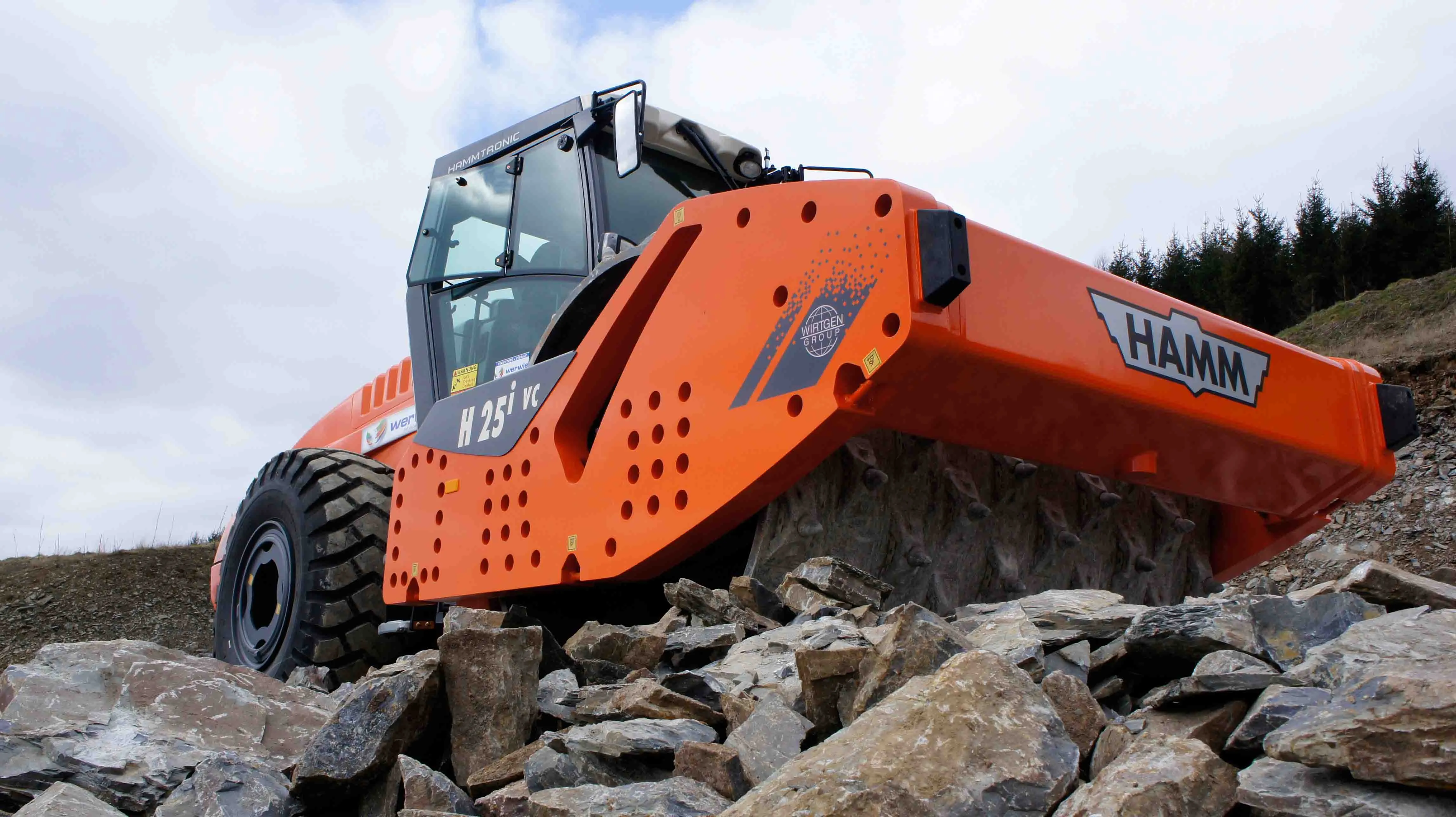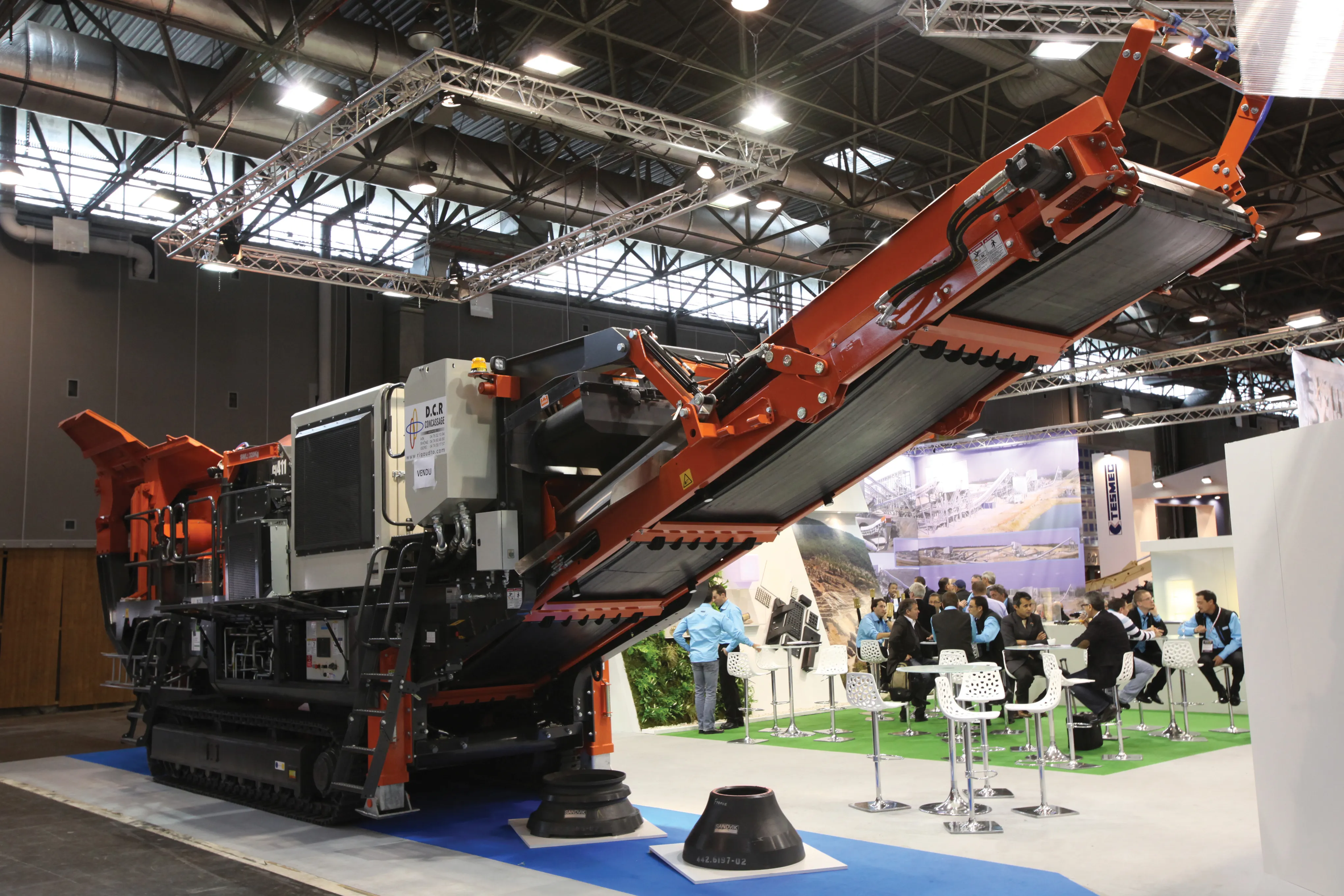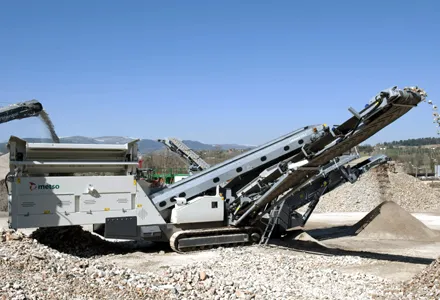
Highly versatile, the unit can process a very wide array of materials including construction debris, topsoil, excavated soil and contaminated soil, clay, peat, bark, compost, bio-waste, milled asphalt, coal, oil shale and limestone. However, matching material and application to the most suitable ALLU Transformer model can be a complicated task. There are many parameters to consider such as the size of the excavator/loading shovel, tonnage to be dealt with, required product size and the end use of the transformed material amongst many other factors.
As a result, the firm is also offering its new product selector tool. This can be accessed through a portal available on the ALLU website and allows customers to match a base machine to the material they wish to process. When combined with the area of work, this will match the specific application to the most suitable ALLU Transformer.









